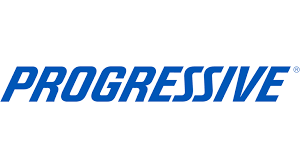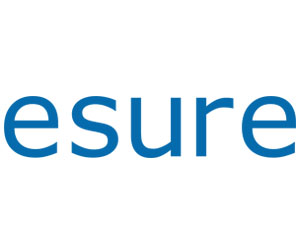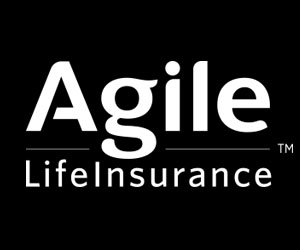Insurance quote Dictionary

Insurance quotes refer to prices that are based on the value of internal factors that determine insurance prices without taking into account external factors that affect insurance prices. Value is the basis of price, and price is the monetary form of value. To study the theoretical price of insurance, we must start with the value of insurance.
composition
The value of insurance products is qualitatively the human labor condensed into insurance products, and quantitatively the socially necessary working time devoted to the production of insurance products. The amount of socially necessary labor to produce insurance products determines the value of insurance products, which in turn determines the theoretical price of insurance. The insurance value reflected in the currency is the insurance price, and the specific form of the insurance price is the insurance premium. Insurance premiums generally refer to gross premiums, consisting of pure premiums and additional premiums. The basis for calculating insurance premiums is the insurance premium rate, or gross insurance premium rate, which is made up of the pure premium rate and the additional premium rate.
1. Pure price
Countries around the world generally adopt the method of calculating expected net premiums by adding the sum of the average insured loss rate in recent years plus a certain amount of risk overload as the net premium rate. The average insured loss rate is the ratio of the sum of the amount of insurance to the total amount of the insurance indemnity over a certain period (3 years or 5 years). Which one is:
Since the pure premiums calculated on the basis of the average insured loss rate are only an average, the actual amount of insurance losses incurred tends to be higher or lower than the average net premiums. In order to improve the financial stability of insurance operations, it is necessary to increase the additional risk rate by a certain ratio based on the average insured loss rate. The sum of the two is the expected net premium rate.
2. Surcharge
Additional premiums generally include three elements: operating expenses, expected profits and abnormal risk expenses. The ratio of the sum of the three elements to the sum of the insurance amount.
3. Gross rate
The gross rate has two parts: the pure rate and the mark-up rate. The calculation formula is as follows:
Gross rate = pure rate + overload rate
The premium calculated according to the gross premium rate is the gross premium, or insurance premium, which is the theoretical insurance price. The theoretical insurance price is therefore the sum of the pure premium (risk insurance premium) and the additional premium (cost premium, profit premium, abnormal risk premium).







